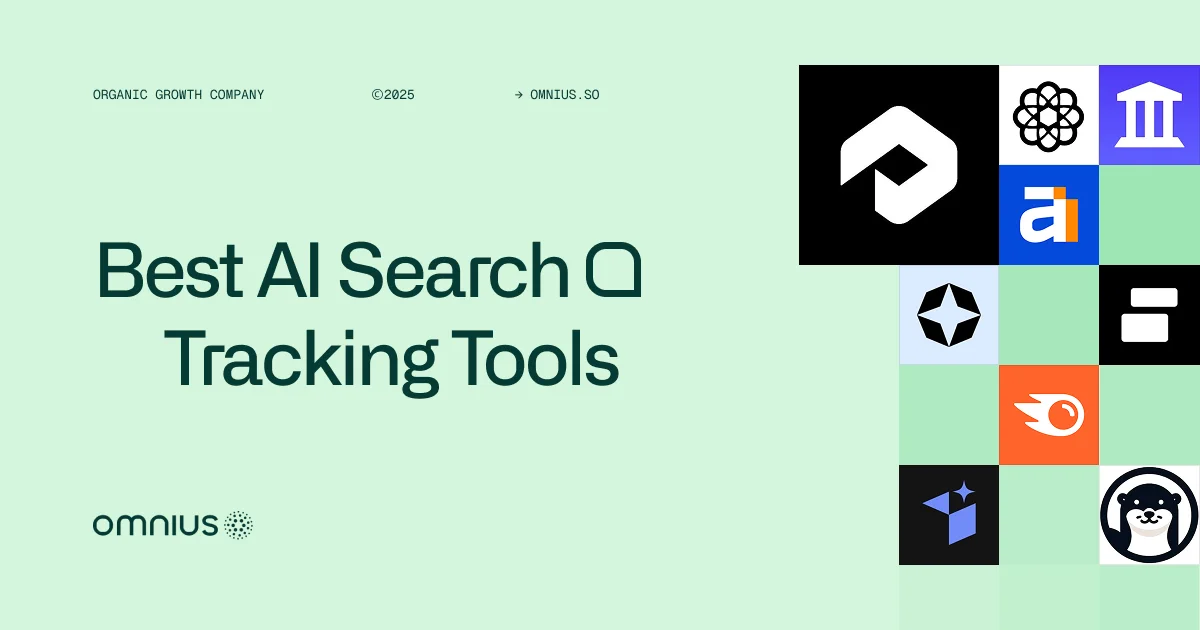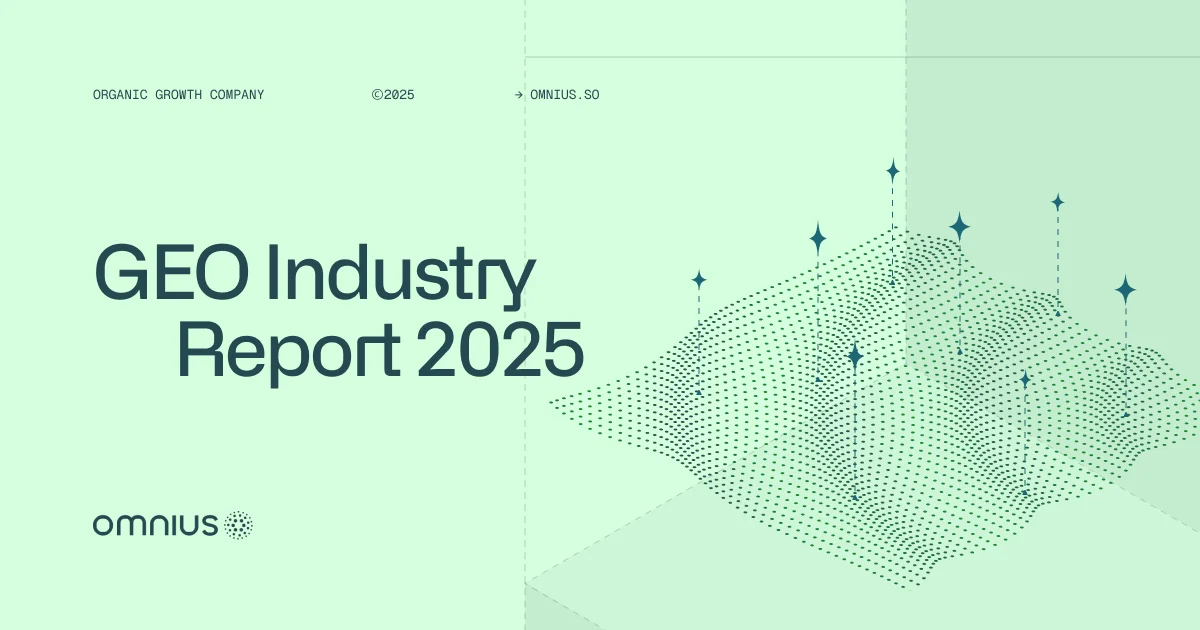SEO's ROI (return on investment) is important for any business owner to understand.
You can’t implement your work if you can’t prove it’s a worthwhile investment, right?
Through our experience helping SaaS and Fintech businesses generate organic growth, we’ve developed an SEO ROI formula to help them understand the return on their SEO efforts.
Then, we turned it into a calculator to make it easy and quick to model various SEO outcomes.
What Is the ROI of SEO?
SEO ROI measures the revenue that SEO activities generate for your business compared to their cost.
This is one of the most important concerns that any business owner, as well as an SEO consultant or manager, has.
If the revenue you generate through the SEO activities is higher than its costs, then you’ll have a positive return on investment(ROI).
However, measuring your SEO ROI can sometimes be challenging because it takes time to see SEO results.
But it’s still an important KPI (key performance indicator) to measure.
Why measure SEO ROI?
Calculating SEO ROI is necessary to see how SEO strategy impacts your business and to understand how your spending budget helps you save money on effective strategies. This becomes even more important for SaaS companies, where roughly 48% of all website traffic comes from organic search, making SEO one of the biggest acquisition channels.
Here are the primary benefits of calculating SEO ROI for your business:
- Measuring campaign success: Since SEO is an ongoing process, measuring success usually takes time. The ROI calculation will show your SEO wins and help you make the most of your budget in the future.
- Making business decisions: You can use SEO ROI to determine which channels and pages bring your company the most revenue. Once you learn what tactics bring you revenue, it helps you continue investing more in something that performs.
- Convincing company leaders - When trying to show the importance of SEO to your manager or decision-maker, you need real data. Measuring the ROI of your SEO campaigns can show your success in revenue, encouraging them to invest more.
Knowing these benefits, it’s obvious that SEO ROI is something crucial to your future SEO campaigns.
How to Use the SEO ROI Calculator
To calculate your SEO return on investment, you first need to know a few things.
Our SEO ROI calculator is created based on the following business metrics:
- Total Search Volume
- Click-through rate
- Conversion rate of products/services
- Average Order Value
- Costs of SEO per month
The formula for understanding different SEO ROI outcomes is:
SEO ROI = (Total Monthly Searches * Click Through Rate * Conversion Rate * Average Order Value - Costs of SEO per month)/Costs of SEO per month
Here’s an example:

What variables you need to calculate SEO ROI?
1. Monthly Search Volume
Monthly search volume is a super simple variable.
It is the sum of the monthly search volume across all of the keywords you found that can drive qualified traffic.
You can figure out the Total Monthly Searches by doing keyword research using your favorite SEO tool.
Once you’ve found every keyword across the funnel, add up the number of monthly searches for each keyword.
How to find the monthly volume for the keywords you want to target?
Step 1. Navigate to Ahrefs “Keyword Explorer” section and enter a seed keyword you’re planning to target.

Step 2. Navigate to “View all” within the Terms match

Step 3. Check out the total volume above the list of keywords.

But since this is the estimated total volume for the location you’ve set it’s better to export the list and count the Global Volume, as it’ll give you more precise numbers if your audience is worldwide.
Or you can export this keyword list into Google Sheets, and then sum the ‘Volume’ column.

Steps to Calculate Your SEO ROI
1. Click-through rate
CTR is the percentage of searches that result in a user clicking through to your website.
Your CTR is a reflection of where your website ranks for the keywords you’re targeting.
The closer you rank to #1, the more traffic you will receive.
In a large study by SEO superstar Brian Dean, Brian found that keywords in position #1 received roughly 30% of the clicks.
Keywords in position 5, halfway down the 1st page, receive about 9.5% of clicks.
And keywords in position 10, the last result on the 1st page, receive roughly 3% of the clicks.
Keyword rankings
A comprehensive study on click-through rates by Brian Dean.

Some keywords are going to rank higher than other keywords, so the # you choose needs to be a blended average across all of the keywords you are targeting.
We generally forecast conservative outcomes using a CTR of 9.5%, representing an average ranking of #5 for the keywords we’re targeting.
Learn how we’ve accumulated 2.73M of organic traffic in 13 months without any complicated technical SEO.
2. Close Rate
Conversion is the percentage of visitors that convert into a customer.
If you have existing data on organic search conversion rate, great!
But make sure you filter branded searches from your analysis.
This means only measuring your conversion rate on pages that don’t rank for your brand name.
Examples of pages that do rank for your brand name and need to be filtered from your analysis include your homepage, contact, about, or FAQ pages.
The variable you choose represents a blended conversion rate across hundreds or thousands of keywords.
But some keywords will convert at 10%+
And some will convert at .01%.
This variance is driven in large part by how much intent to purchase is behind the prospects' search.
Keywords at the top of the funnel generally have higher search volume and more traffic but lower conversion rates.
Keywords at the bottom of the funnel generally convert at very high rates, but also have the least amount of searches.
We use .005% in conservative forecasts.
This is pretty low.
3. Life Time Value
Life time value is the dollar amount each customer is worth over the life time of their relationship with your company.
You can also use the Average Order Value of each purchase, but we prefer to use LTV because it more accurately forecasts ROI.
Other Variables You Might Use to Calculate SEO ROI
4. Average Order Value
Brands with more aggressive timelines for recouping their SEO investment might use AOV instead of LTV to calculate the ROI of the campaign.
5. Conversions
You may not allow customers to purchase directly from your website.
In this case, you may want to reflect that in your ROI calculations by adding an additional variable called ‘Conversion to Lead’.
This attribute represents the conversion from website traffic to sales opportunity.
So the new formula looks like:

We built a version of the calculator to calculate this extra variable.
If Your Client Is Wondering:
Is It Worth It?
Get the calculator and tell them exactly how much they've made by investing in SEO.
Now you can finally put the money where their mouth is.
Calculating SEO Costs
The #1 cost for any SEO campaign is generally content.
There are hundreds or thousands of unique pages you need to create in order to rank for all of the ways your target audience is searching across the funnel.
If you are engaging an SEO agency, and content isn’t the biggest cost, I would be very skeptical.
Why?
Here are the hard costs of a single SEO campaign:
- Content
- Editing
- Optimization
- Design
- Import and publish
- Post-publishing content updates
Everything on this list scales with the # of articles published, which makes estimating costs easy.
And in order to minimize the complexity of estimating cost, we’re not factoring in the time required for:
- Strategy
- Management
- Cross-team collaboration
- Knowledge transfer
- Reporting & analytics
The reason is these costs fluctuate from project to project, company to company, and person to person depending on things like
Content costs are calculated by multiplying your cost per page multiplied by the number of pages of content you need to publish.
One thing most SEOs have trouble with is forecasting content costs.
Why?
Because it’s very difficult to estimate the number of pages you need to write by looking at a list of thousands of keywords.
How much do writers cost?
A lot.
The average content marketing salary, according to PeakFreelance is $50,000/year.
And the average content writer is probably writing 1,500 words per day.
This comes out to $.24 per word or $620 per page of content at 2,500 words.
And at $620 per page, it’s going to be hard to execute an ROI-positive SEO campaign.
Unless you have a very high conversion rate, very high search volume, and very high AOV.
Or, if you don’t have those things.
Once you understand how many pages of content you need to write, you can calculate the costs of everything else:
- Editing - We generally scope 1-2 hours per article for editing and QA.
- Meta descriptions - These can be batched out and we generally estimate 5 – 15 minutes per meta description.
- Featured Images - We hire dedicated featured image creators. They are paid per image.
If you have designer resources on hand, calculate about 5-20 minutes per featured image if your designer is using an app like Canva.
- Uploading - We’re publishing hundreds of pages of content per month.
It just makes sense to have dedicated post publishers (we write in Google Docs).
Post uploaders are paid per upload.
Timeline
The average SEO timeline for Omnius project looks like this:
- We begin to see results as early as 30 to 60 days after we begin publishing
- We start seeing a good amount of results 4 to 8 months after beginning to publish
- We start to see a lot of results in months 9 – 12
Want to learn how we’ve grown different websites from 0 to 100,000 visitors per month, with the biggest one doing 500,000 in just 13 months?
Schedule a free consultation and let's discuss how you can achieve the same results for your business, if not even better!









.png)

.svg)








.svg)













.png)

.png)


